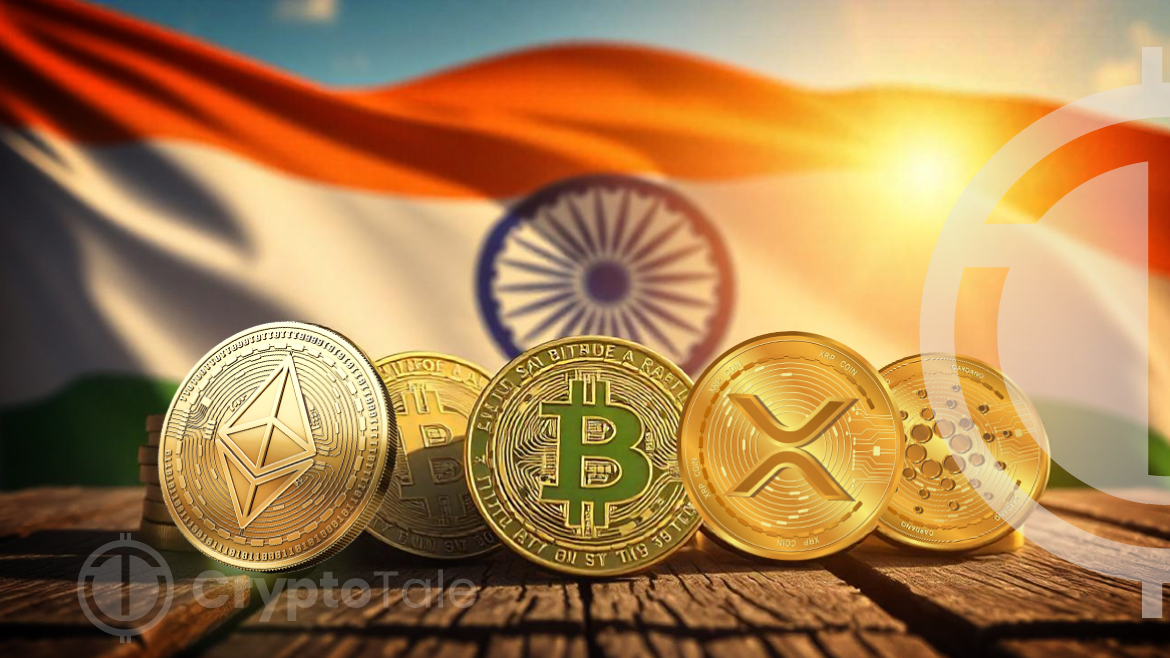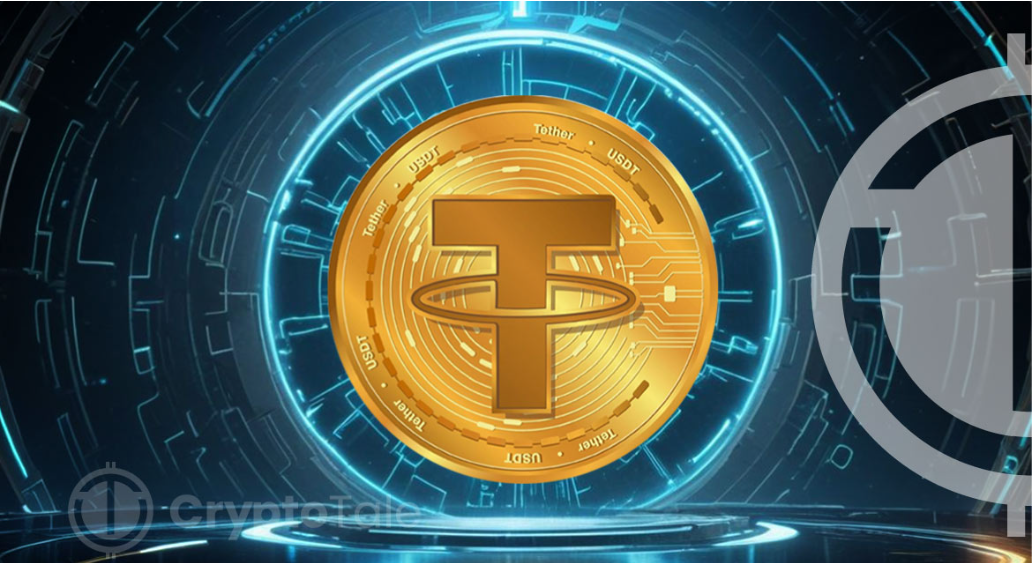India’s journey with cryptocurrency is a tale of big dreams, serious obstacles and moments of triumph. It’s a story full of government bans, court battles and a growing crowd of people hoping digital money could mean financial freedom.
Let’s break down how this journey unfolded and where it’s headed as of October 2024.
2010-2013: The Quiet Start and First Warnings
When Bitcoin first appeared in 2010, it was a blip on India’s tech radar. Only a few tech enthusiasts and entrepreneurs saw any real potential in it.
By 2013, Bitcoin’s value began rising, and interest in India started to grow. But that same year, the Reserve Bank of India (RBI) released a warning about cryptocurrency. They saw it as risky and unregulated, too wild to be trusted. Many people were unsure whether crypto could ever find a place in the country’s financial system.
2017-2018: The Crypto Boom and the RBI Ban
In 2017, Bitcoin fever went global. Many young investors in India, searching for alternatives to real estate and gold, poured their savings into crypto. Blockchain startups started popping up, eager to lead this new “decentralized” movement. But the surge in crypto activity worried the Indian government. They set up a committee to study its impact and possible threats.
Then, in April 2018, the RBI threw a wrench into the growing crypto market. It banned banks from offering any services for crypto-related activities. The ban forced exchanges to shut down or find creative ways to keep trading. For crypto investors, it was a huge setback.
March 2020: The Supreme Court Saves Crypto
In March 2020, India’s Supreme Court overturned the RBI’s banking ban, giving crypto in India a new lease on life. The court ruled that the RBI’s approach hadn’t been fair and was too extreme.
Indian Supreme Court YouTube Channel Hacked for XRP ScamWith banking services restored, trading volumes soared, and many exchanges reopened. CoinDCX’s CEO, Sumit Gupta, was thrilled,
The uplifting of the ban by the Supreme Court is going to open new opportunities for India… economy, and a market as a whole.
Yet, as Tanvi Ratna of Policy 4.0 pointed out, this victory wasn’t necessarily permanent. She warned that the government could still impose regulations, and this left crypto firms cautious about their future. She stated, “The verdict could still be a ‘short-term respite’… it doesn’t directly impact actions on the policy level.”
2021: The Government Eyes Control
In 2021, the government introduced a bill called “The Cryptocurrency and Regulation of Official Digital Currency Bill.” Its goal was to create an official digital rupee and ban most private cryptocurrencies. This bill sparked strong reactions.
The Internet and Mobile Association of India (IAMAI) urged the government to focus on regulation rather than bans. “Given the scale and diversity, good governance and regulation of the cryptocurrency ecosystem in India is critical,” they argued as they believed that regulation would help India’s crypto scene thrive.
Faced with uncertainty, many users turned to decentralized finance (DeFi) platforms, which were less restrictive. DeFi became a way for Indians to keep investing without interference and India quickly became a major player in this space.
2022-2023: AML Rules and Strict Compliance
In 2022, the Ministry of Finance placed new rules on virtual digital assets (VDAs) under the Prevention of Money Laundering Act (PMLA). This meant that crypto exchanges had to follow strict Know Your Customer (KYC) and Anti-Money Laundering (AML) guidelines.
Exchanges faced higher costs for compliance, while users lost much of their privacy. India’s compliance is aligned with the Financial Action Task Force’s (FATF) “Travel Rule,” which requires companies to disclose user identities during transactions.
2024: A Crossroads for Crypto
As of October 2024, India’s crypto scene is massive. With an estimated 270 million users, the country leads globally. Despite this growth, there’s still no official policy, though a long-awaited discussion paper was supposed to come out by September. Political debates, an election year, and global diplomatic events delayed it further.
The proposed bill is still under review, and the focus seems to be shifting from bans to tighter regulation. In 2021, CoinDCX’s Gupta expressed hope, saying, “We’re sure the government will listen to all stakeholders before taking any decision.”
With crypto now woven into India’s digital economy, investors and exchanges are hoping for a clear policy that protects them without stifling innovation.
Conclusion
In conclusion, as India’s government weighs the prospects of a digital rupee, the future of private cryptocurrencies remains uncertain. The past decade has shown how swiftly the landscape can shift, moving between cautious hope and regulatory constraint. For now, crypto stands at a crossroads in India potent force and an unresolved question, with investors closely watching each new development.












